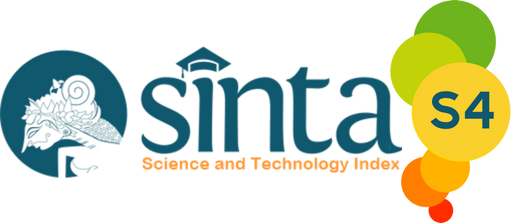PENGEMBANGAN MEDIA PEMBELAJARAN SIMULASI LISTRIK DINAMIS (SIMTRIDI) PADA PLATFORM SMARTPHONE UNTUK PEMBELAJARAN FISIKA
Keywords:
Learning Media, Online Learning, SIMTRIDI, SmartphoneAbstract
This study aims to get an overview of the development process of Dynamic Electric Simulation (SIMTRIDI) learning media on smartphone platforms and describe the feasibility of products according to media experts, content experts, and student responses to products developed for online learning in high school. This study used the small scale R&D method which adopted the research steps proposed by Borg and Gall. The instruments used in this study were validation sheets for media and content experts, one to one student and small group student response questionnaires. The research subjects in this study were students of SMA Negeri 17 Tangerang which consisted of 2 parts, namely 3 class XIA students with high, medium, and low abilities for one to one trial, and 15 students in class XIB and XIC for small group trials. The results of the trial were analyzed using percentage techniques and Likert scale analysis techniques. The stages of developing this learning media include: (1) the data collection stage, conducted by interviews with physics teachers regarding the limitations of media in schools and literature studies are carried out to obtain accurate theories about software that will be used as a basis for solving problems; (2) planning stage, namely software installation, determination of dynamic electrical subject order, template creation; (3) the initial product draft development stage, namely making a user interface, coding carried out using processing software 3.0.2 and APDE software (processing software on smartphones) using the JAVA programming language, and testing to check the coding stage has run well or not; (4) the initial trial stage is product assessment to media experts, content experts, and one to one students; (6) the small group trial stage, which is to conduct trials on 15 small group students; (7) the second revision stage is to make revisions based on suggestions and input from small group students; (8) the implementation and dissemination stage, which is disseminated or published through national journals and implemented in several state high schools in Tangerang Regency. The validation results of media and content experts obtained a percentage of 90% and 93% with categories worthy of use. As for the responses of students one to one regarding the application has a very good interpretation and for the response of students in the small group regarding the application also has a very good interpretation.
Downloads
Published
Issue
Section
License

This work is licensed under a Creative Commons Attribution-NonCommercial-ShareAlike 4.0 International License.






